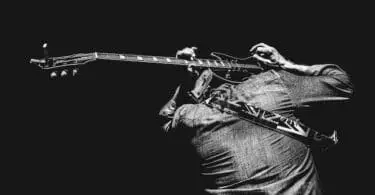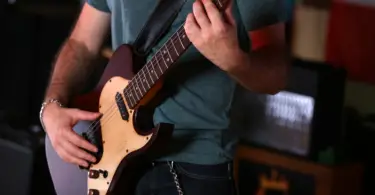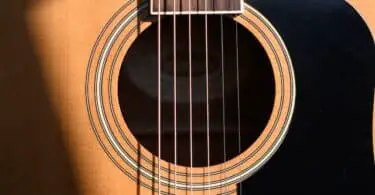As a guitarist, you would always want your electric guitar to be in its best tune and intonation.
Electric guitars are very sensitive to changes in humidity and temperature, which results in changes in sounds and other adjustments. Setting up your electric guitar may seem overwhelming at first, but this guide will teach you easy ways to set up your electric guitar for success.
Quick Links
Steps On How To Set Up Your Electric Guitar
Setting up an electric guitar is very much doable at home, and you can also do advanced tasks with your electric guitars with the right instructions and guidance. Identifying and correcting some of your electric guitar issues is one the most important things to consider helping you keep its best form and performance. Listed below are the efficient ways on how to set up your electric guitars and tools to use.
1. Prepare Your Workspace
Before you start to set up your electric guitar, you need to prepare all the necessary tools and materials. Basic tools such as towels, padded mats, tables are necessary to have a safe and accurate setup for your electric guitar.
2. Adjusting The Truss Rod
Truss rods are made from graphite, metal bar, or steel. This part of an electric guitar reinforces the neck of any other stringed instrument. Truss rod’s work is to counteract the tension that allows the player to how little or how much the neck of the guitar bows.
Loosen, and the guitar strings will pull the neck into a concave bow, resulting in a higher tension or action. When you tighten it, the guitar neck will bend backward.
To adjust the truss rod, you’ll need head screwdrivers, wrench or hex key, and bolt-neck axes. Press one of the strings at the first fret that is near the guitar neck and body joints.
The strings will form a straight line between the two frets. Check if the guitar neck has a muck bow, the truss rod might be tightened. If the neck is bowed backwards, the truss rod might be loosened.
3. Adjusting The Guitar’s Bridge
Twist the appropriate screws when you adjust the bridge of an electric guitar. If the truss rod has been tweaked, pull or lower the vertical screw to adjust the height of the string.
Once you are done adjusting the bridge and truss rod of the guitar, check the guitar tone to get the right intonation. When you hear too many false notes or bussing, your guitar’s bridge might have bowed excessively or lowered down.
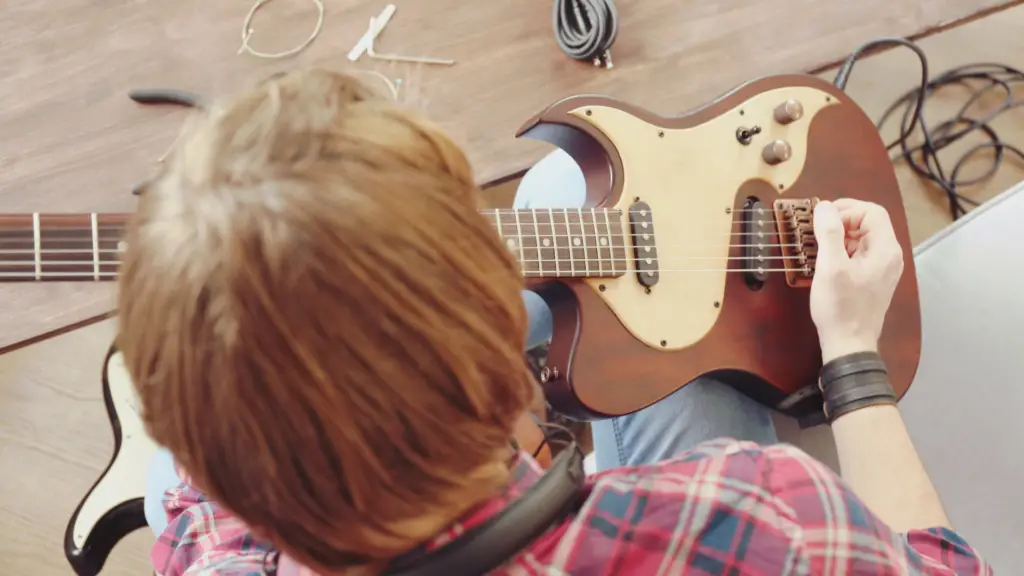
4. Altering The Action
If the truss rod and bridge have been done setting up, check the nut height. Check the pitch using an electric tuner.
Having nut files is a good investment for setting up an electric guitar as it helps you properly cut nut slots.
5. Test Out The Electronics
An excellent guitar setup includes checking the guitar’s electronic components. You only need to plug in the electric guitar and carefully listen to the sounds if there are any noises or buzzing effects.
6. Unwind The Guitar Strings
Make sure to unwind the guitar strings to prevent cuts and damages. Always align the slots in the bridge pin with the guitar strings, then pull on the guitar strings as you push down the bridge pin. Once the electric guitar is done tuning to its pitch, tug each string along its entire length.
7. Tune Guitar Using A Tuning Hardware
Tuners become firm when they are under high tension. You can remove the guitar strings to loosen the screws and nuts. Loosen the screws using the appropriate size of a screwdriver. Look for the crown of the tuning button, then adjust the tension.
8. Polish The Frets And Fretboard
Clean the frets using a dry towel or cloth and water. You can also use guitar cleaners for better finishes. To clean the fretboard, you can use oil such as lemon oil or wood oil.
Wipe it off to the fretboard to remove greases and dirt build-ups. Make sure to apply a small amount of oil when cleaning the fret and fretboard.
9. Check The Outside Or Guitar Body
If the bolt at the neck and body of the guitar wiggles, tighten it using a screwdriver. Always check the areas of the guitar that develop cracks.
10. Check And Set The Guitar’s Intonation
When an electric guitar has the right intonation and pitch, the guitar strings have the correct sounds. Adjust the saddle to make the speaking length of the string longer.
However, if it is flat, adjust it to shorten the length. Make sure to set the correct intonation of the guitar because if it is not properly intonated, the solos and chords will sound out of tune if played higher on the fretboard.
11. Final Cleaning
Using a cotton bud or dry towels, polish the guitar body to clean the remaining dirt and dust. The finishing touch for your electric guitar is necessary to keep it in its best form and appearance.
Additional Tips In Setting Up Your Electric Guitars
After setting up your electric guitar, consider a few things before using or playing it again.
- Tune the guitar – Adjust the strings to your desired pitch.
- Sighting the guitar neck – You need to use a straightedge to add assurance.
- Remove truss rod cover – You can make adjustments in a quarter turn. Setting the relief using a capo for the first fret and pressing the other fret with your fingers.
- Adjust the pitch – You can play the guitar a few times to tune and get the correct pitch without fret buzz.
- Remove old strings – Other guitarists just cut the old electric guitar strings at full tension. However, this causes a rapid change in the guitar tension. Make sure to spend time unwinding the guitar strings to be safe and avoid damages.
- Avoid high tension – Do not force when making some adjustments in the truss rod and bridge.
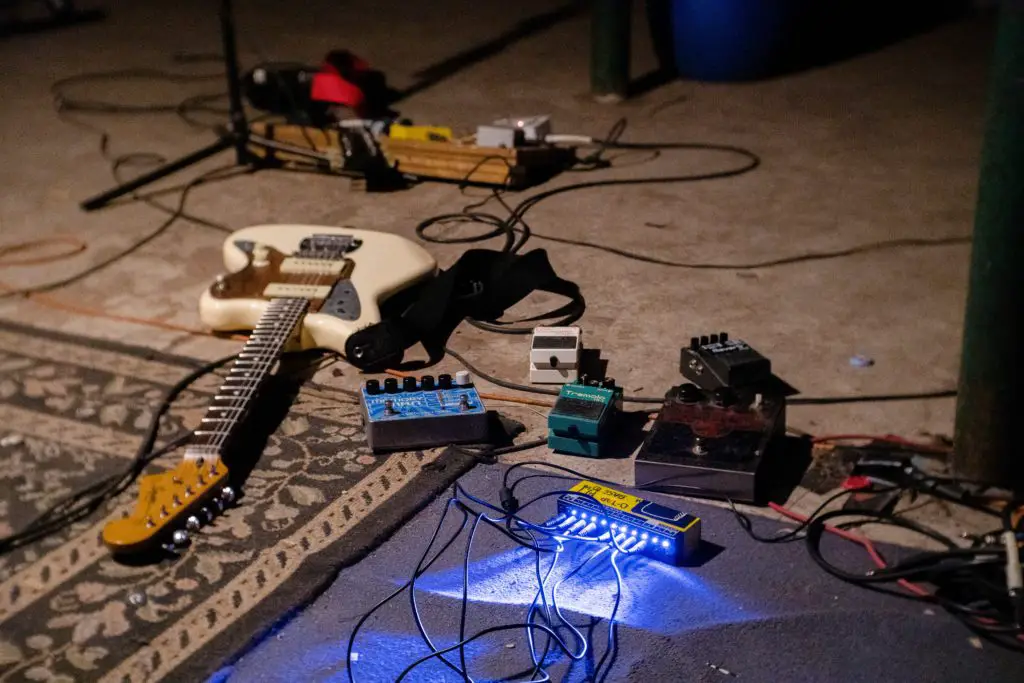
Some Final Words
Keeping your electric guitar with proper setup and maintenance can maintain its quality of sounds and intonation. You only need to understand and follow the different features of an electric guitar to prevent it from degrading and damaging in the long run.
So, this guide is important as it can help you get the best sound for your electric guitars. We hope that this guide helped you understand the most important steps in setting up your electric guitar.

